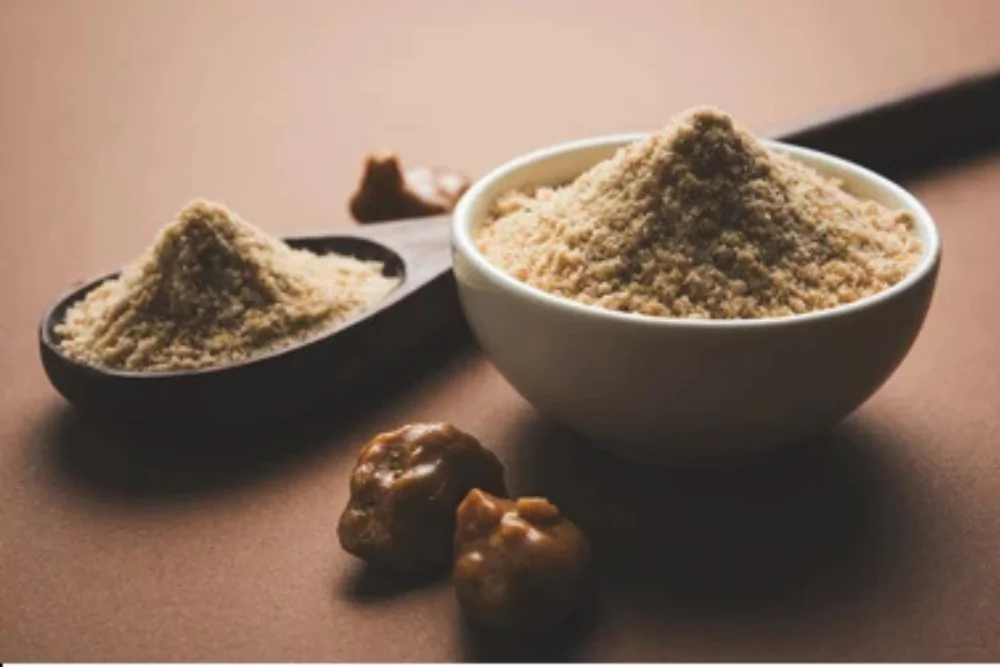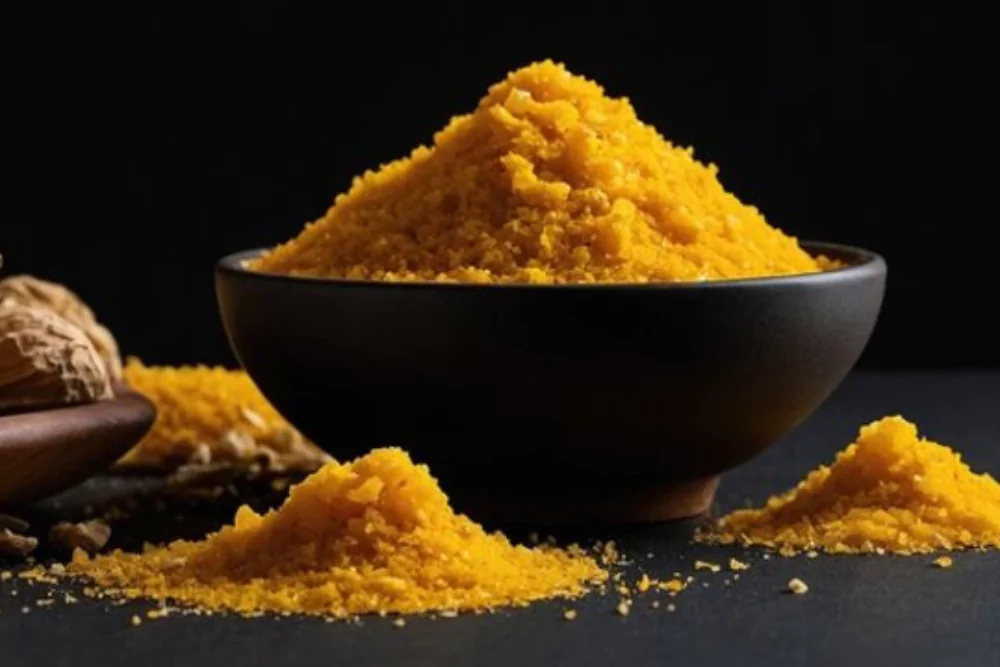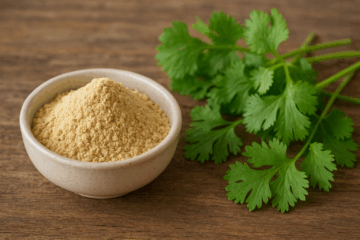Let’s explore what science and Ayurveda reveal about Hing’s cooling potential in detail.
1. Does hing really help in reducing body heat, or is it just an Ayurvedic belief?
Short Answer: According to Ayurveda, Hing helps balance the Pitta dosha, which is responsible for body heat. Scientifically, its anti-inflammatory and digestive effects indirectly support temperature regulation.
Detailed Answer:
- Ayurveda classifies Hing as “Ushna Virya” (hot potency) but its actions help regulate digestive fire (Agni) and calm the heat-producing Pitta dosha.
- By improving digestion and reducing toxins (Ama), it prevents internal heat buildup from undigested food.
- Hing is a carminative, which reduces bloating and discomfort often mistaken for body heat.
- Although Hing is not a direct coolant like mint, it plays a regulatory role in managing metabolic heat.
- Hence, its cooling impact is secondary and more systemic, not immediate.
2. How does hing compare to other cooling spices like fennel and coriander?
Short Answer: Hing is milder in its cooling effect compared to fennel and coriander, which are directly cooling spices. However, Hing works better for gut-based heat and gas regulation.
Comparison Table:
| Spice | Cooling Effect | Primary Function | Usage in Summer |
|---|---|---|---|
| Hing | Moderate (via digestion) | Anti-flatulent, digestive aid | Used in small amounts for bloating & indigestion |
| Fennel | High | Body coolant, improves eyesight | Ideal in summer drinks or chewed post-meal |
| Coriander | High | Reduces body heat & acidity | Used in chutneys, teas, detox drinks |
Detailed Answer:
- Fennel and coriander are well-known coolants with high water content and diuretic properties.
- Hing lacks water content but aids digestive function, which indirectly balances heat production.
- Fennel is sweet and cold by nature; coriander is slightly pungent but cooling. Hing, though hot in nature, balances internal metabolic activity.
- In traditional Indian cooking, Hing is often used alongside cooling spices for balanced digestion during summer.
3. Can hing be used in summer-friendly recipes to help with heat-related issues like acidity or bloating?
Short Answer: Yes, Hing can be added in small quantities to summer dishes to relieve heat-related digestive issues like bloating, acidity, or gas without increasing internal heat.
Detailed Answer:
- Hing pairs well with buttermilk, lentils, and summer veggies like bottle gourd and ridge gourd to prevent gas.
- Use Hing in tadkas (tempering) for curd-based gravies to enhance digestion without causing excess heat.
- A pinch of Hing in aam panna or mint water can ease bloating caused by high humidity or cold drinks.
- Summer dal recipes (like moong dal with lemon) benefit from Hing for reducing post-meal heaviness.
- Even in dry fruits, Hing-spiced mixes with dry mango or fennel can be cooling and gut-friendly.
4. Are there any scientific studies supporting hing’s role in cooling the body?
Short Answer: While no direct scientific study proves Hing’s cooling effect, multiple studies confirm its anti-inflammatory and digestive benefits, which contribute to internal balance and reduced metabolic heat.
Detailed Answer:
- A 2016 study in the *Journal of Traditional and Complementary Medicine* highlighted Hing’s ability to reduce intestinal inflammation.
- Another study published in *Pharmacognosy Reviews* confirms its antispasmodic and carminative actions, which aid heat-linked digestion issues.
- By reducing gut inflammation, Hing helps maintain a stable internal environment, especially under thermal stress.
- No peer-reviewed study defines Hing as a “coolant,” but its regulation of gut function plays a critical supportive role in keeping body systems cool and balanced.
- Further research is ongoing to quantify its thermoregulatory or adaptogenic potential.
5. Does hing work better in certain forms (powder, paste, crystal) for cooling effects?
Short Answer: Hing powder is most commonly used for digestive and heat-balancing purposes. Paste and crystal forms are stronger and less suitable for direct summer use without dilution.
Comparison Table:
| Form | Cooling Suitability | Usage Tips |
|---|---|---|
| Hing Powder | Best for daily summer cooking | Use a pinch in tadkas, soups, buttermilk |
| Hing Paste | Moderate (stronger flavor) | Needs dilution; suitable for Ayurvedic decoctions |
| Hing Crystal | Less suitable (too potent) | Must be crushed and used cautiously in traditional medicine |
Detailed Answer:
- Hing powder, especially compounded with rice or wheat flour, is mild and safe for daily use in hot weather.
- Hing paste is stronger but can be used in Ayurvedic teas or syrups for stomach relief, under guidance.
- Crystal Hing is very potent and usually not consumed directly—it’s better suited for therapeutic Ayurvedic use.
- When choosing a form, always consider body constitution (Prakriti) and season.
- For general summer use, Hing powder in small quantities is safest and most beneficial.
Conclusion: Should You Use Hing to Cool Down?
Short Answer: Hing won’t act as a direct coolant, but it effectively supports digestion, reduces bloating, and balances Pitta dosha—helping the body stay internally cool and comfortable.
Key Takeaways:
- Hing’s strength lies in its digestive and detoxifying properties, which indirectly aid in managing body heat.
- It works well when combined with other cooling ingredients like coriander, fennel, or mint.
- Best used in summer recipes in powder form, especially for those prone to gas and indigestion.
- Always use Hing in small quantities to avoid overheating due to its pungent nature.
- While science hasn’t labelled Hing a “coolant,” its role in gut balance is backed by both tradition and modern evidence.
So, next time you feel the heat rising, don’t forget to sprinkle a little Hing in your meal—your gut will thank you, and your body will feel the balance.





